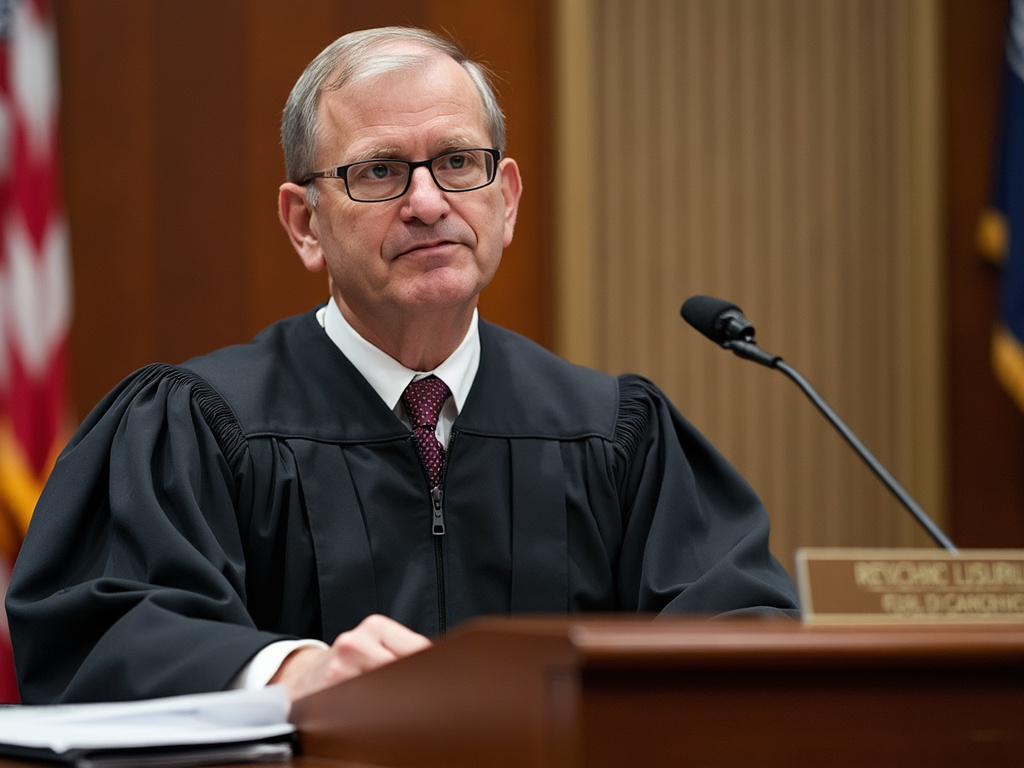Judicial activism is a term that’s often discussed in the context of how courts and judges interpret the law. It might sound complex, but at its core, it’s about judges making decisions that go beyond just applying the law as it’s written. Instead, they interpret the law in a way that reflects their own views on what is fair or just, sometimes leading to significant changes in society.
What is Judicial Activism?
Judicial activism occurs when judges take an active role in shaping public policy by interpreting laws in ways that they believe will lead to social change or justice, even if that interpretation stretches or modifies the original intent of the law. This is different from “judicial restraint,” where judges stick closely to the letter of the law and avoid making broad decisions that could impact public policy.
Why is Judicial Activism Important?
Judicial activism can be important because it allows the courts to address issues that may not be adequately handled by the legislative or executive branches of government. Sometimes, laws can be outdated, vague, or unfair, and judges, through their decisions, can help adapt the law to changing social values and needs.
However, judicial activism can also be controversial because it involves judges making decisions that some people believe should be left to elected lawmakers. Critics argue that judges should not use their positions to push personal or political agendas, as this can undermine the democratic process.
Examples of Judicial Activism
To better understand judicial activism, let’s look at some real-life examples:
1. Brown v. Board of Education (1954) – United States
One of the most famous examples of judicial activism is the U.S. Supreme Court case Brown v. Board of Education. In this case, the Court ruled that racial segregation in public schools was unconstitutional, even though the existing law (known as “separate but equal”) allowed for segregation. The decision was based on the belief that segregation was inherently unequal and unjust, leading to the desegregation of schools across the United States. This ruling significantly changed the course of American history and is often cited as a powerful example of judicial activism aimed at achieving social justice.
2. Roe v. Wade (1973) – United States
Another well-known example is Roe v. Wade, where the U.S. Supreme Court ruled that a woman’s right to choose an abortion was protected by the Constitution. This decision was seen as an activist move because the Court interpreted the Constitution in a way that extended rights not explicitly mentioned in the text. This ruling had a profound impact on U.S. society and remains a deeply debated issue.
3. The “Basic Structure Doctrine” – India
In India, judicial activism is evident in the Supreme Court’s use of the “Basic Structure Doctrine.” This doctrine allows the Court to strike down amendments to the Indian Constitution that it believes violate the “basic structure” of the Constitution, such as fundamental rights or the principles of democracy. This approach has allowed the Court to prevent changes that could undermine the country’s democratic framework, but it has also been criticized for giving judges too much power over the constitution-making process.
Benefits and Criticisms of Judicial Activism
Benefits:
- Protecting Rights: Judicial activism can protect the rights of individuals and minorities that might be overlooked or oppressed by the majority.
- Adapting Laws: It allows the law to adapt to modern values and circumstances, making it more relevant in changing times.
- Addressing Gaps: Activist judges can address gaps in the law where the legislature has failed to act, ensuring justice is served.
Criticisms:
- Overstepping Boundaries: Critics argue that judicial activism allows judges to overstep their boundaries and make decisions that should be left to elected lawmakers.
- Undermining Democracy: When judges make decisions based on personal beliefs, it can undermine the democratic process, where laws are supposed to reflect the will of the people.
- Inconsistency: Judicial activism can lead to unpredictable and inconsistent rulings, making it difficult for people to know what the law truly is.
Conclusion
Judicial activism plays a significant role in how laws are interpreted and applied, often leading to important social and legal changes. While it can be a force for good, promoting justice and equality, it also raises concerns about the balance of power between the judiciary and other branches of government. Understanding both the benefits and the criticisms of judicial activism helps us appreciate the complex role that courts play in shaping our societies.
